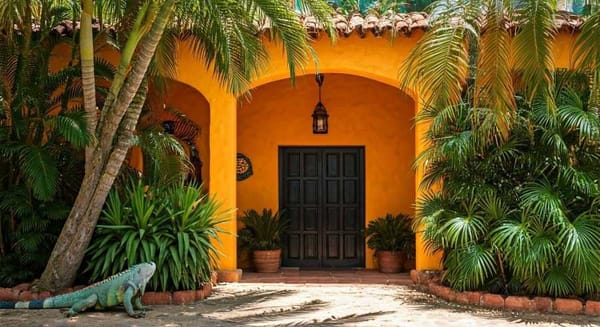Latin America's lithium is vital to global energy issues
This element may be found in Mexico in quantities of at least four million tons. Approximately seventy thousand dollars is the price tag attached to one ton of material.

Mexico, Bolivia, Argentina, Chile, and Peru have close to 70 percent of the world's lithium reserves, which will place them as central players in the world energy issue, said the Bolivian ambassador to Mexico, José Vladimir Crespo Fernández.
For this reason, these nations must work in coordination, according to their interests and those of the world, when entering into the discussion on the management of this element, he said while giving the conference "The industrialization of lithium in Bolivia," organized by the Center for Research on Latin America and the Caribbean (CIALC) of the UNAM.
The diplomat explained that during the 16th and 17th centuries, these countries of the American continent were the axis of the colonial economy, which was based on the extraction of silver and allowed the accumulation of capital that later boosted the development of capitalism.
"This is our second opportunity. We have a product that can define what is going to happen with the world's energy." We must be smarter and more sovereign than with silver management, he insisted at the event moderated by CIALC director Ruben Ruiz Guerra.
The ambassador shared statistics from the United States Geological Survey (USGS) which indicate that his nation has reserves of up to 21 million tons of lithium; Argentina, 19 million; Chile, nine million; and the United States, seven million. "The perspective is that Mexico has at least four million tons; that is why it is involved in this conversation," he assured.
Mexico has several hundred places where it is necessary to explore if there is this chemical element and in what quantity.
Crespo Fernández also explained that estimates indicate that by 2030 there will be a demand for close to 1,600,000 tons of lithium worldwide—eight times more than what was required in 2015. Its price is fluctuating dramatically: in 2020, a ton cost $5,000, and now it costs around $75,000 to $70,000.
Lithium is a strategic resource
The management and industrialization of lithium in Bolivia, until now, have been strictly governmental. This was established in its Political Constitution of 2009; the Mining and Metallurgy Law of 2014; and Law 928, by which the National Strategic Public Company of Bolivian Lithium Deposits was created, in 2017.
In Bolivia, there are no concessions on this element to any company and/or person. The extractive phase is entirely intended for the state, via the aforementioned public company. However, in the case of industrialization, the state can collaborate with private companies, both domestic and foreign, but will retain a 51 percent stake.
Lithium occurs in nature in three forms: brines (lakes and salt flats); sediments (clays and silts); and rocks. In Bolivia, it is found in lakes and salt flats, while in Mexico it is found in sediments and rocks.
In Bolivia, lithium carbonate, lithium chloride, and lithium hydroxide are obtained, which in the first stage of industrialization are converted into cathode materials, which are used to make batteries for hybrid and electric cars. In addition, there are other derivatives used by the medical industry as well as for the production of fertilizers.
Crespo Fernández pointed out that they have started bidding for battery factories, which are expected to operate in 2023 and work with around 15 thousand tons of lithium carbonate.
He was pleased that Mexico had established a public company to oversee the resource's exploration, exploitation, and use. He was confident that the technical, scientific, and economic capabilities of our nation would allow us to face the challenges posed by its use.




